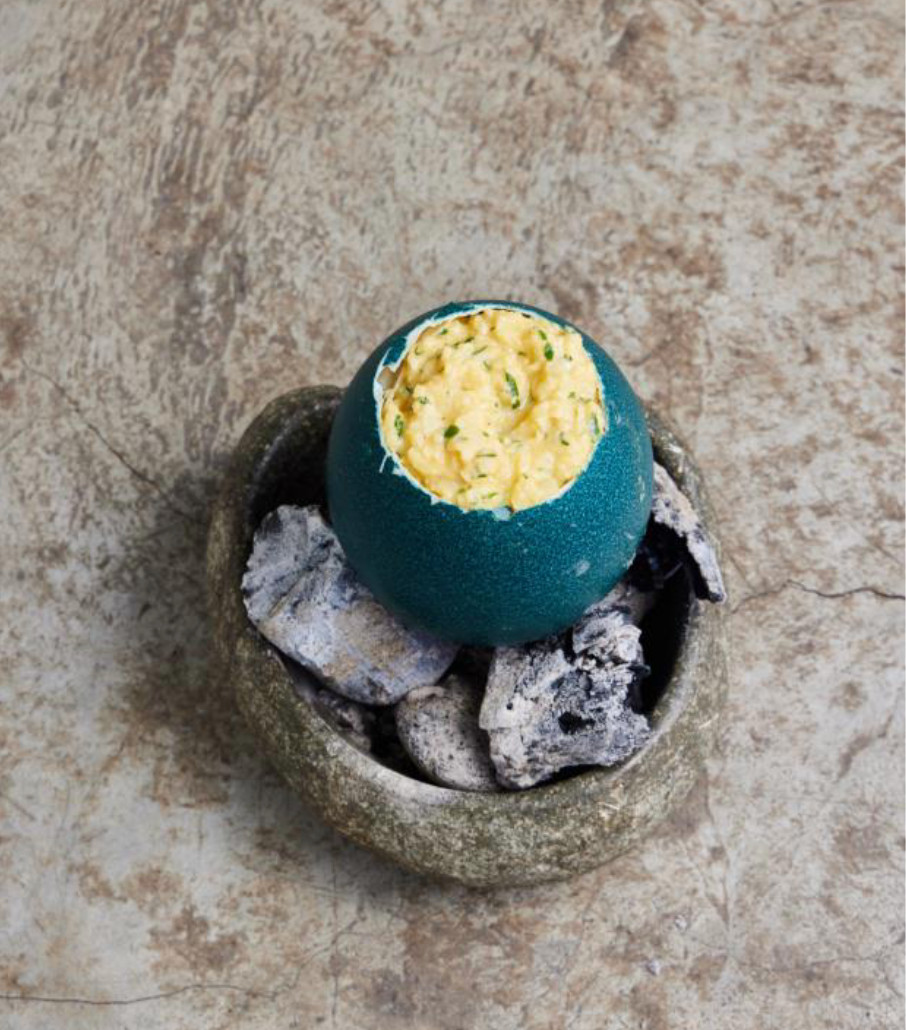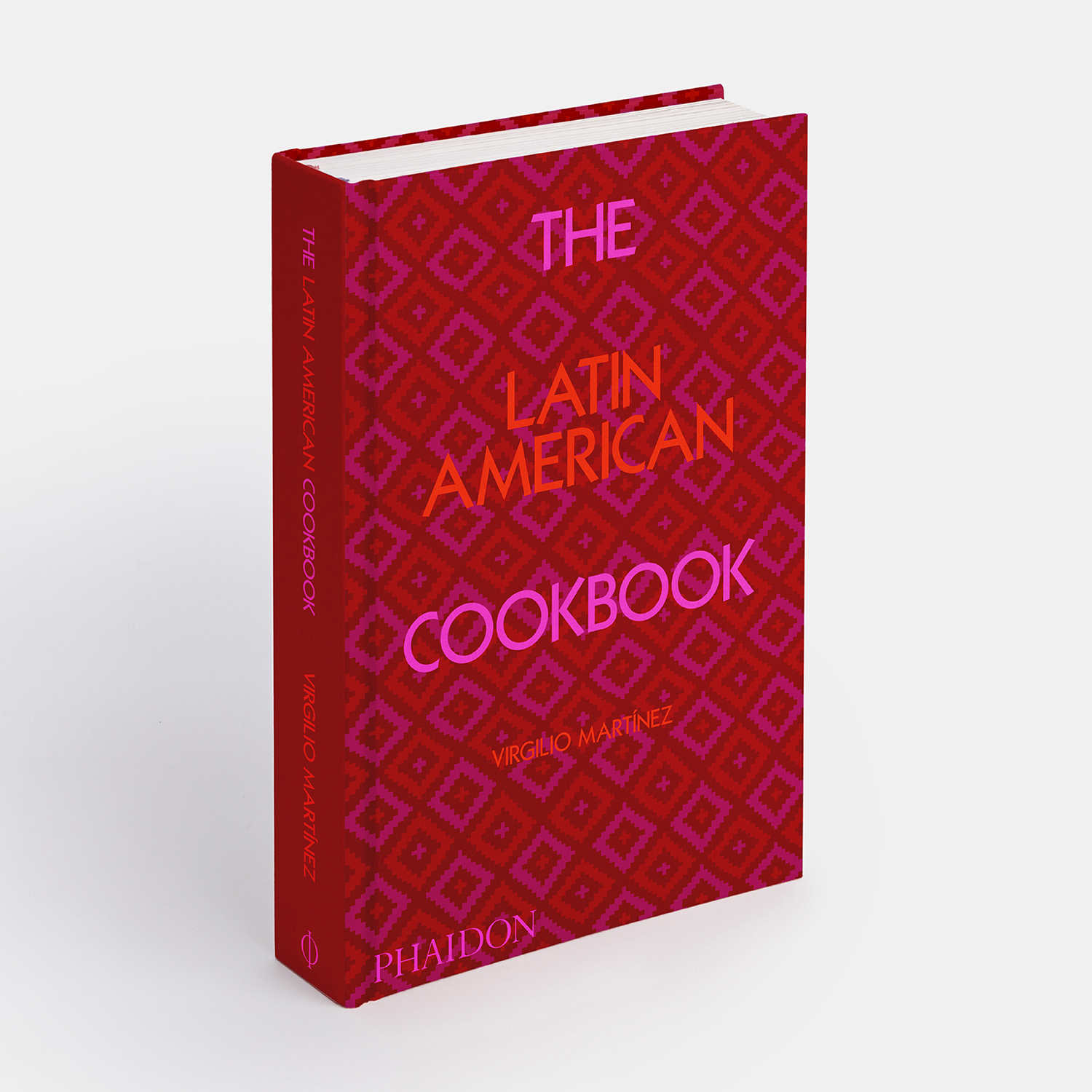
The rare and tasty charcoal-cooked eggs in The Latin American Cookbook
Settlers might have brought chickens to Latin America, but they haven’t supplanted the wild array of native animal eggs used in local cuisines
Which came first, the chicken or the egg? The answer is pretty clear in The Latin American Cookbook co-authored by the world famous Peruvian chef and author Virgilio Martínez. “Even before chickens were introduced to Latin America, the eggs of various birds such as turkeys, ducks, rheas, and countless seabirds, not to mention turtles and iguanas, were an important food source,” explains the text in this excellent, 600 recipe strong, overview of the continent’s much-loved regional cuisines.
It’s unclear how chickens first arrived in this part of the Americas; some say Polynesean settlers may have brought the birds over a few years prior to the arrival of Europeans. In either case, the chicken has yet to completely supplant native animals’ eggs in Latin American cuisine.
“Today, eggs come in countless forms around the region,” the book goes on. “There are the blue-shelled eggs of the Araucana chicken in southern Chile and oversized rhea eggs in Argentina and Chile. Some are fried and slathered in spicy salsas in Mexico or scrambled with tomatoes and onions in Colombia. In Peru, Brazil, and Venezuela, boiled quail eggs are a common street food or used as hot dog or hamburger toppings.”
We all know about ducks, turtles and iguanas, but rheas? Well, let’s allow the book to explain. “The Greater Rhea (Rhea americana)—also called the suri, choique, and ’ñandú—standing about four feet tall, is the largest flightless bird in South America,” says The Latin American Cookbook “A distant cousin to the ostrich and emu, the rhea and smaller puna rhea are threatened in their native ranges, which extend from southern Peru to Patagonia. As their meat is low in cholesterol and they lay big beautiful eggs, a cottage industry of farm-raised rheas has popped up in Argentina and Paraguay.”
Of course, laying your hands on rhea eggs outside of these regions might be a little bit difficult. So, to make the charcoal cooked rhea eggs set out in the book, you can use ostrich eggs instead, which are a little easier to get hold of. However, as The Latin American Cookbook cautions, “their eggs are about twice as big, so you’ll need to double the seasoning and adjust the cooking time.” Alongside the egg, you’ll also need 1/5 oz (5 g) of garlic, chopped; two tablespoons of chopped parsley as well as salt and ground pepper.
Make a small incision on top of the egg. With a straw or a long spoon, mix the egg yolk and white inside. Take a little bit out of the egg so it won’t spill while cooking. Add the chopped garlic and parsley to the inside of the egg. Season with salt and pepper.
Place the egg in the middle of a pile of hot charcoal and ash, ensuring that the bottom half is surrounded. Let cook for about five minutes, then stir the egg inside with a long spoon or a stick. Repeat the process of leaving to cook then stirring 4 more times, or until the egg is cooked; it should have the consistency of a poached egg. To serve, make a larger incision with the egg and spoon it out or tip it into a bowl.
For more recipes from this incredible region, order a copy of The Latin American Cookbook here.
